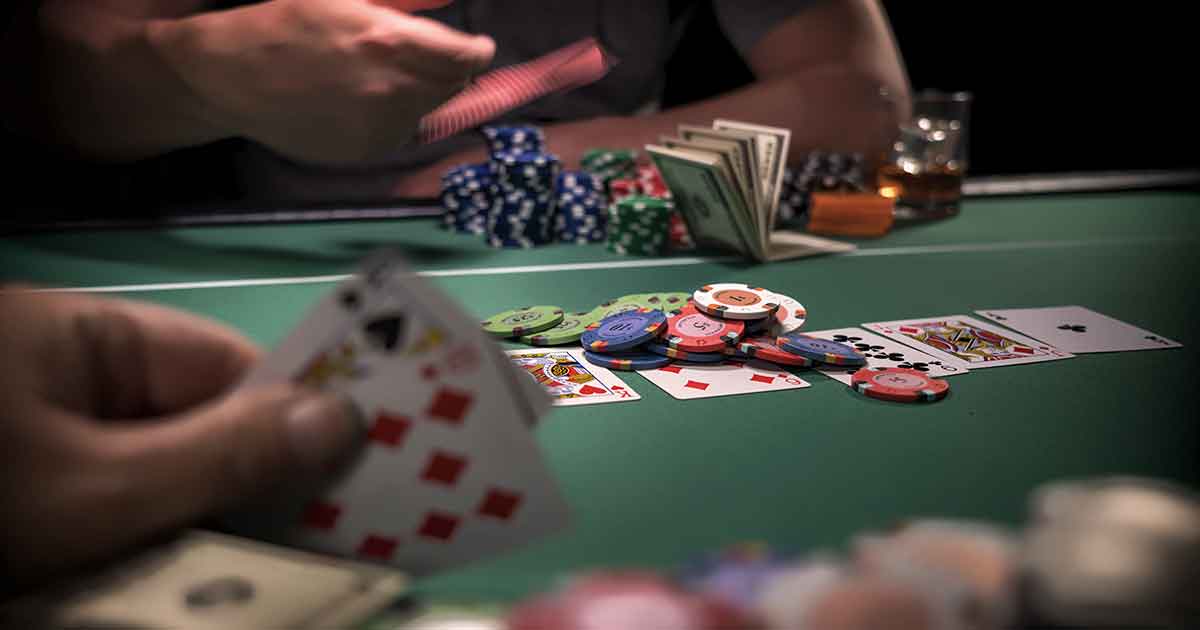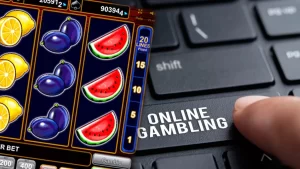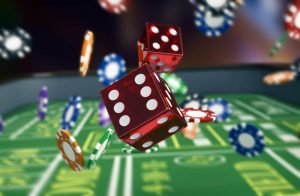
How to Use Poker Strategies to Beat Your Opponents
Effective poker strategies are key for winning at this game. Beginners tend to play aggressively and call stations, so you should exercise extreme caution when competing against them.
Hands vary in value based on what opponents hold; for instance, two kings might make for a good hand under certain conditions but may be unworthy in others.
Game theory
Game theory in poker can be a complex subject that spans various facets of the game. Without an in-depth knowledge of your own game, understanding how to beat other players may prove challenging; but by employing GTO (Game Theory Optimal) strategy it may be possible for you to make significant profits.
GTO (Generalized Tournament Optimization) is an approach to poker that attempts to transform it into one big math equation and establish optimal ranges in every situation. Unfortunately, this strategy is impossible in real poker due to players at micro stakes often making fundamental errors based on superstition or emotion; making a mathematical or logically sound strategy for beating such players hard or impossible altogether. Therefore, instead focus on reading your opponents carefully, and bluffing when they call your bets; this will force them into checking even when there is an obvious flop – thus increasing your chance of victory significantly.
Betting intervals
Betting intervals in poker take place when players place a fixed amount of money or chips into the pot before each hand begins. Generally, each bet worth one unit of any denomination that’s being played – such as white chips or light-colored ones – with each player usually buying in for equal number of chips; though this can differ.
Betting intervals in Poker are an integral component of gameplay, and having an in-depth understanding can increase your winning chances. When making bet sizes street by street decisions it’s crucial that they consider how this will influence an opponent’s range and range continuation.
Example: It is wiser to bluff more often with draw hands on the flop and turn than weaker “strong” hands to increase EV and prevent too much money being lost on future streets when your opponent may improve to better hands – this strategy is known as semi-bluffing.
Limits
Limit poker has bigger pot sizes and bet sizings, requiring players to be more selective with how they choose their hands, pay attention to opponents’ betting patterns, calculate pot odds accurately – a tricky feat but an essential aspect of limit strategy.
The Importance of the Turn
While flops tend to be key streets in limit poker, other factors come into play too. For example, raises on the turn are sometimes more lucrative than those made during flops as they help set up stacks on subsequent streets such as river.
Limit players with proven expertise consistently seek ways to extract maximum value from their hand while minimizing how much money is put into the pot. They calculate pot odds when drawing and raise only when there is enough in it to justify doing so; otherwise they check or fold if their opponent has superior draw equity that makes a pot unlikely for them to claim.
Bluffing
Bluffing is an integral component of poker strategy. Unfortunately, newcomers often make the mistake of either overusing or underusing it – while this might work at lower stakes tables, overdoing it against competent opponents can quickly diminish your winrate and your success at winning money. Therefore it’s imperative that at each stage of a hand your decision to bluff is reassessed; your opponent’s range can change rapidly over the course of an interaction, so if bluff is no longer working then stop using it before it costs too much money.
When it comes to bluffing, use a semi-bluff rather than pure bluffs as these are more difficult for thinking players to call due to requiring too much money commitment upfront. A semi-bluff may prove more successful as it will appear like value betting instead. Also keep your table image and what opponents have seen you do with made hands in mind as this will help determine how frequently to bluff.


